Africa
Africa is the world’s second-largest and second-most populous continent, after Asia in both cases. At about 30.3 million km2 (11.7 million square miles) including adjacent islands, it covers 6% of Earth’s total surface area and 20% of its land area. With 1.4 billion people as of 2021, it accounts for about 18% of the world’s human population. Africa’s population is the youngest amongst all the continents; the median age in 2012 was 19.7, when the worldwide median age was 30.4. Despite a wide range of natural resources, Africa is the least wealthy continent per capita and second-least wealthy by total wealth, behind Oceania. Scholars have attributed this to different factors including geography, climate, tribalism, colonialism, the Cold War, neocolonialism, lack of democracy, and corruption. Despite this low concentration of wealth, recent economic expansion and the large and young population make Africa an important economic market in the broader global context.
-
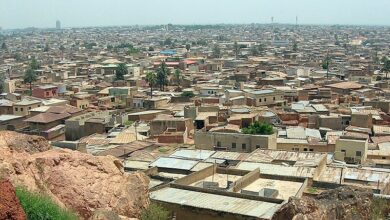
Kano
Kano is the capital of Kano state in northern Nigeria, situated along the Jakara River. Founded by a blacksmith named Kano, the site shows evidence of prehistoric settlement. It became the capital of the Hausa state in the 12th century, and construction of the famous city wall, which is over 12 miles long, began during that time. The city played a crucial role in trans-Saharan trade, particularly after becoming the…
-
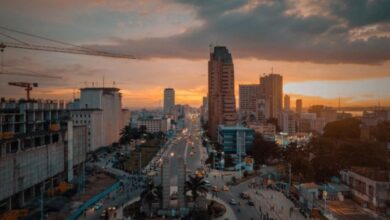
Kinshasa
Kinshasa, the largest city and capital of the Democratic Republic of the Congo, is situated approximately 320 miles (515 km) from the Atlantic Ocean on the southern bank of the Congo River. As one of sub-Saharan Africa’s major urban centres, it holds a unique political status comparable to a Congolese region, governed independently by its governor. The residents of the city are commonly referred to as Kinois. Beyond its role…
-
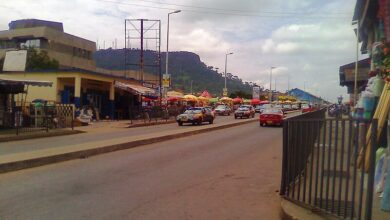
Koforidua
Koforidua, situated in southeastern Ghana, is a historic town located in the Densu River basin, near the southeastern foothills of the Kwahu Plateau. As one of the country’s earliest hubs for cocoa production, Koforidua gained prominence. The completion of the railway connecting Accra and Kumasi in 1923 transformed it into a crucial intersection for both road and rail transportation. Over time, as cocoa cultivation shifted to new areas with fertile…
-
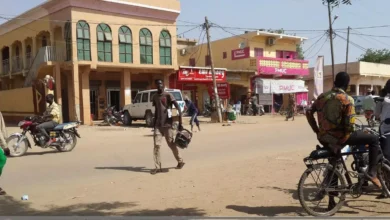
Kousséri
Kousséri, also known as Mser in the indigenous Mser language, is a bustling city located in the Far North Province of Cameroon. With a population of 89,123 as per the 2005 Census, Kousséri serves as the capital of the Logone-et-Chari department. This vibrant market town has witnessed a recent influx of refugees from Chad, contributing to its multicultural fabric. The majority of Kousséri’s population comprises Shuwa Arabs, with Chadian Arabic…
-
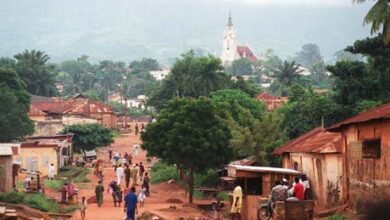
Kpalimé
Kpalimé is a town in Togo, located in the Plateaux Region, about 120 kilometres north of Lomé, the capital city. It is the administrative capital of Kloto Prefecture and the fourth-largest town in Togo, with a population of around 101,088 people. This town is known for its beautiful natural scenery, including its proximity to Mount Agou, the highest point in Togo, and Mount Kloto. The town is also a centre…
-
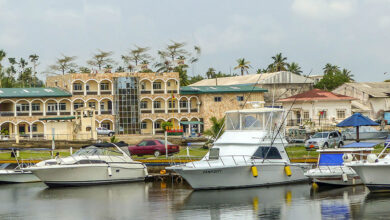
Kribi
Kribi, a picturesque beach resort and bustling seaport, is nestled in the southwestern region of Cameroon. This vibrant town is located on the Gulf of Guinea, lapped by the turquoise waters of the Atlantic Ocean. Known for its stunning natural beauty and rich cultural heritage, Kribi has become a popular destination for tourists seeking a unique coastal experience. Let’s explore the enchanting town of Kribi, its fascinating history, thriving port,…
-
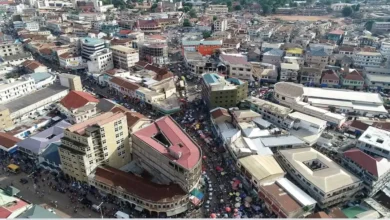
Kumasi
Kumasi is a city in the Ashanti Region of Ghana, West Africa. It is the capital city of the Ashanti Region and is known for its rich cultural heritage and history. Kumasi was the centre of the Ashanti Empire, which was one of the most powerful pre-colonial states in West Africa. The city is home to the Manhyia Palace, the residence of the Ashanti king, known as the Asantehene. The…
-

Kumba
Nestled in the heart of the Meme department in the Southwest Region of Western Cameroon, the vibrant city of Kumba, colloquially known as “K-town,” stands as a testament to both historical richness and modern development. This bustling metropolitan area has captured the attention of residents from neighboring villages like Mbonge and has emerged as a melting pot of culture, commerce, and history. With its diverse population and strategic location, Kumba…
-
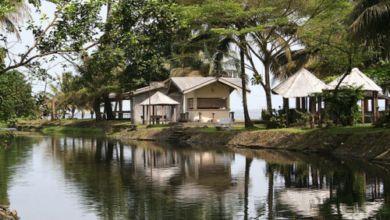
Limbe
Located in the South West Region of Cameroon, Limbe is a vibrant and cosmopolitan city that offers a blend of cultures and a rich history. Formerly known as Victoria, this seaside town is nestled along Ambas Bay in the Gulf of Guinea, at the southern foot of Mount Cameroon. With its welcoming people and western influence, Limbe has become a melting pot of different traditions and customs. The city is…
-
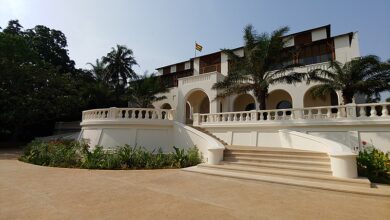
Lomé
Lomé, a city with a unique blend of cultural heritage and modernity, is the vibrant capital and largest city of Togo. Nestled on the Gulf of Guinea, this bustling metropolis boasts a rich history, a thriving urban population of 837,437, and an expansive metropolitan area of 1,477,660 permanent residents as of the 2010 census. In this article, we’ll delve into the fascinating facets of Lomé, from its etymology and historical…